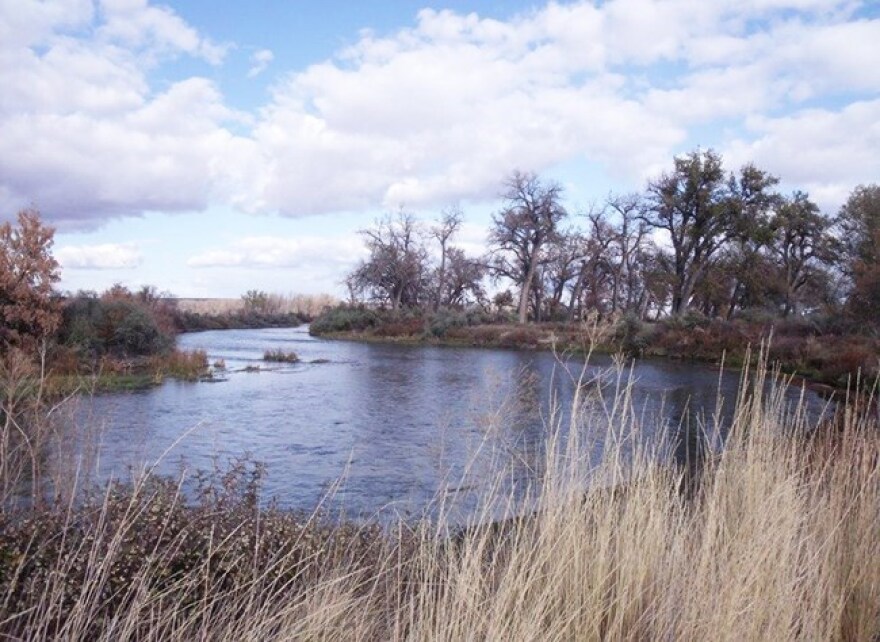A new project on the Bighorn River launched this month with hopes of learning more about the small native fish living in that region.
Beth Bear, an aquatic crew supervisor for the Wyoming Game and Fish Department, is leading the upcoming project on the Bighorn River. She said there are multiple goals for the project.
“What we’d like to do is sort of figure out what species we have where, how do we effectively sample them, then start to establish some monitoring protocols so that we can look at any changes in time,” said Bear.
Monitoring will allow researchers to understand if the species’ populations are changing positively or negatively over time and if protections need to be put in place. However, creating an inventory of the small fish in the Bighorn River itself is a new task.
Typically, game fishes are sampled in the Bighorn River on an annual basis to track species through time. Some sampling of native small fish, which aren’t typically pursued for sport, has been done, but mostly in the tributaries of the Bighorn River.
“To find some of these fish that haven’t really been historically sampled, it takes a variety of gears,” said Bear. “Our plan is to basically try to sample most of the river where we can gain access from wading [into] the waters.”
The unpredictable nature of the river in terms of flow and weather can make accessibility to sampling sites and gear selection difficult.
In the past, gear selection has led to some species being underreported. A study conducted on the North Platte River from 2017-2020 led to the discovery of six species of small native fish and showed that different sampling types are more effective in certain situations.
Joe Skorupski, the Cody regional fisheries biologist, worked on a similar study on the lower Bighorn River from 2017-2019 which led to the first discovery of these small fish, like the sturgeon chub.
“Gear selections all have their own biases for and against certain species, depending on where they live, how big they are, all those sorts of things,” said Skorupski.
Based on these previous projects in the North Platte and Bighorn Rivers, researchers have a new understanding of how to better survey the small fish within these river systems. Using these new techniques, they hope that more species will be discovered.
Primarily, the study will use a trawl method to catch and count fish. This is a large net that is attached to the boat and dragged downstream to collect smaller species and species that are often found at the bottom of the river.
“It's more efficient for those specific species that live in that kind of habitat,” said Skorupski. “When we did that on the lower Bighorn, we ended up finding sturgeon chub that were thought to be extirpated from the river system since 2001.”

Sturgeon chub were thought to no longer exist in the area and were listed under the Endangered Species Act in Wyoming. But based on the 2017-2019 Bighorn River study, sturgeon chub are now being reassessed to see if they should remain on the list. The 12-month process is expected to conclude this September.
Bear said more finds like the sturgeon chub are likely to happen in this new project. There are several Species of Greatest Conservation Need that are suspected to exist in the Bighorn River Basin. Finding these species affects things like wildlife grants, federal resources, and funding to do further projects on the species.
“It’s really important to maintain those species because they’re part of that ecosystem,” said Bear. “Not only are they part of the food web, but they have historically been in the Bighorn River. They are part of that larger ecosystem that functions as a whole.”








